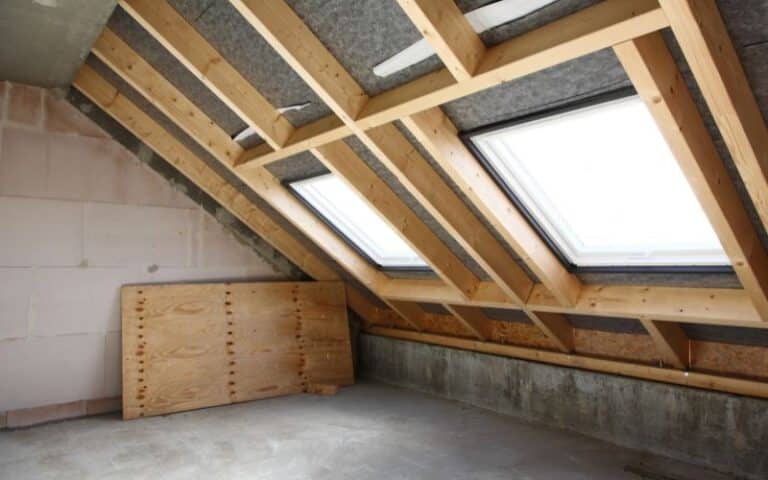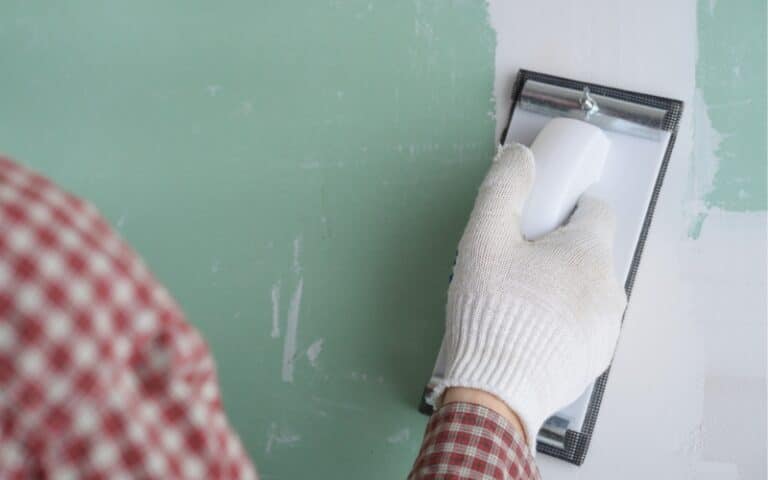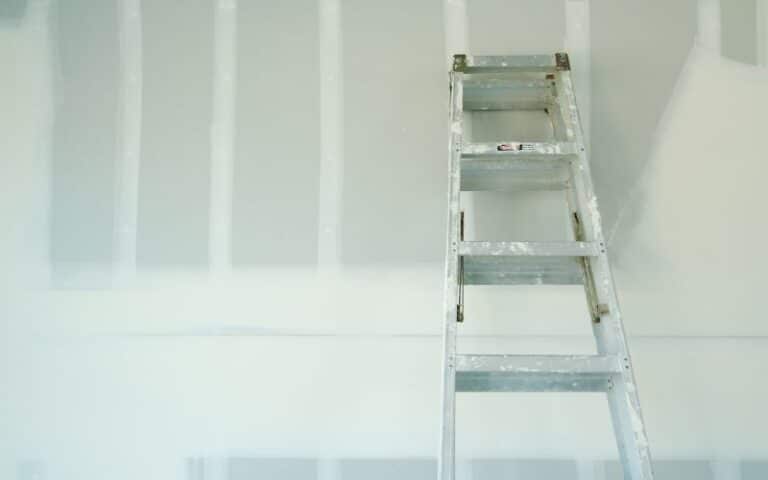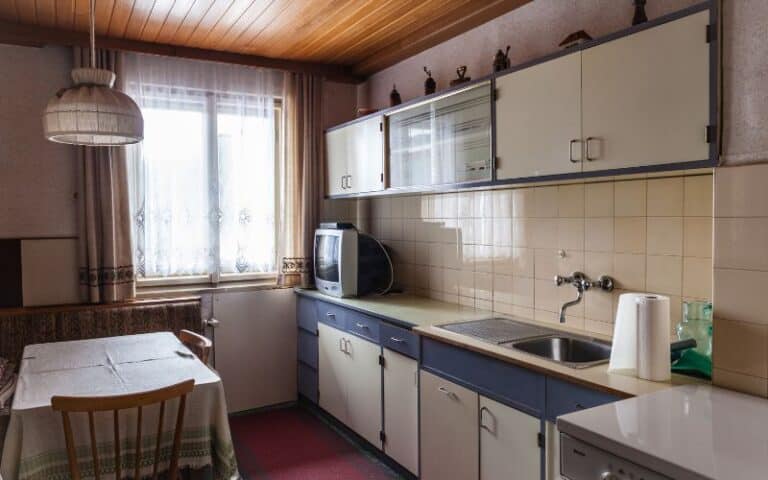There are thorough processes to achieve the best outcome when constructing a building. One of the processes includes the application of drywall.
Applying drywall is essential to cover up the seams on your walls and roofs, and it is an easy process.
However, you’d have to spend some time on a particular construction process before you go further.
Let’s say you have reached the drywall application process in your construction. How long will it take to get to closing?
It’ll take about two months for your construction to move from the drywall application stage to closing. Between the two locations, you’d have to go through the interior trim finishing stage and do a set of building inspections.
In this article, I’ll tell you about the stages of construction and how much work you need to do between drywall and closing. You’ll also learn about some essential building tips.
Ready for a Drywall Quiz?
How Long Before Closing Should You Install Drywall?
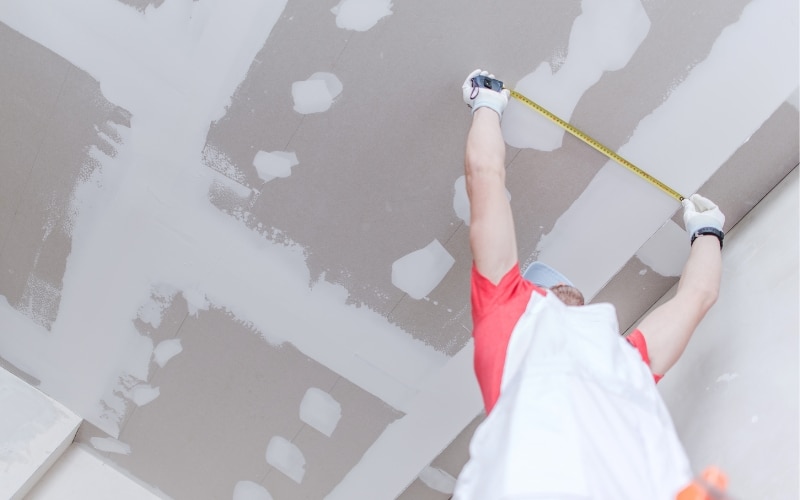
You should have installed your drywall six months before closing. Before you apply your drywall, you’d have to do a pre-drywall inspection.
The pre-drywall inspection entails examing the building walls and roofs to ensure you got all the details. Once you finish with the inspection process, you’ll apply the drywall.
Applying the drywall is to smooth surfaces and give them a good finish. After the drywall application, you must paint the wall with a primer coat.
The primer coat will serve as a protective layer for the surface and provide a sticky surface for applying your paint.
Once you apply as much paint as possible, you can finish the interior trim. Interior finishing involves the installation of items necessary for your building.
After the interior trim finishes, building constructors inspect your building structure and ensure every process tally with the building codes.
If there are any defects, you’d need to make corrections immediately, pay a hefty sum of money as a fine, and then close down the building.
What Stage of Construction Is Drywall?
Application of drywall is the fifth stage you carry out during construction. There are seven important stages you must follow through to get the best outcome from construction.
Here is a table to show the six stages of construction.
| Stages | Construction Process |
|---|---|
| Stage One | Site preparation and foundation creation |
| Stage Two | Rough framing |
| Stage Three | Plumbing, electrical and HVAC works |
| Stage Four | Insulation of the building |
| Stage Five | Drywall installation phase |
| Stage Six | Interior trim finishing |
Stage One: Site Preparation and Foundation Creation
This stage involves preparing the site where you want to use it for construction. Site preparation includes clearing trees and debris from the site of the building.
The process of digging up holes and installing the footing depends on the foundation you will use for the construction.
After installing the footing, the next thing is to put up the foundation walls and all other components.
There are different steps to creating the foundation during construction. These steps depend on the type of foundation you wish to use for the construction process.
The main foundations include slab foundations, crawl foundations, space foundations, or basement foundations.
Once you’re laying out the foundation, an inspector will visit the site to check the foundation components.
The inspector will conduct a proper inspection to ensure everything is ready for the following process.
The inspection time varies depending on the type of foundation that you use. The inspector has to give the go-ahead before you proceed with the following construction process.
Stage Two: The Framing Phase
The framing stage involves building up on the site preparation and foundation stage. You must install the building’s floor, wall, and roofing systems at this stage.
Once you finish the installation process, you have the go-ahead to apply the sheathing, the windows, and the exterior doors.
While applying the sheathing, you have to keep something important in mind. First, you must not allow water to get to the structure to prevent mold formation.
After applying the sheathing, the next thing to do is to cover it with a house wrap. House wraps serve as a protective barrier to prevent water and moisture from seeping through.
The house wrap’s design is such that it allows for the escape of water vapor while preventing water from getting in.
Stage Three: Plumbing, Electrical, and HVAC Works
In this stage, you get plumbing and electrical contractors to participate in the construction process.
The plumbing and electrical works stage involve all the following:
- Installing pipes and wires where needed.
- Fixing sewer lines and water supply lines.
- Installing ductwork for HVAC (Heating, ventilation, and air conditioning). The vent pipes for ductwork usually go to the room).
- Installing wires for the building’s lights, switches, and electrical device systems.
After the contractors complete the processes, an inspector must check the installations.
The inspector needs to ensure that the electrical and plumbing systems don’t go against the building codes.
Stage Four: The Insulation Phase
The stage involves insulating the walls and roof of the building to create a consistent indoor temperature.
Stage Five: Drywall Installation phase
This stage involves applying drywall on the wall. The drywall is important to finish the walls by smoothing them out and hiding the seams.
After installing the drywall wall, you need to apply the primer coat. Once you finish the primer coating, the contractors make the necessary exterior finishes.
Stage Six: Interior Trim Finishing
In this stage, you must install the flooring drainage and the drainage system for your building.
You also have to do the interior trim finishing.
The interior trim finishing stage involves installing all of the following where necessary:
- Interior doors
- Moldings
- Stair balusters
- Vanities
- Fireplace mantels
- Decorative trims
- Windowsills
After you finish the landscaping, an inspector will do a final inspection of the building. The inspector will do a proper examination to see if there are any defects you need to correct.
How Much Work Is Left From Drywall to Closing?
After you apply the drywall on your building, the only work left before the closing is to do the interior finishing. This process takes about two months for average buildings.
The interior finishing process involves installing Interior doors, Moldings, Vanity, Decorative, Windowsills, and every other component you think is necessary for your building.
Once finished all the installations, inspectors will come to the site to see the outcome.
The inspector would check the full process from when you began the construction process to that very point. Then, if the inspector notices any defects, you’d be asked to correct them.
If you fail to address the problem and make a correction as soon as possible, the inspector may ask you to pay a fine and close down the building.
Once you finish with the inspection process of the building, you can go ahead to do the closing and finish up your construction process.
Do You Save Closing Time by Excluding Pre-Drywall Inspection?
Yes, you can save closing time by excluding pre-drywall inspections, but this will be disadvantageous.
It is necessary to carry out a pre-drywall inspection to ensure there are no structural issues or features on your building.
You need to carry out a pre-drywall inspection and discover an issue after installing the drywall to avoid suffering the consequences.
To fix the issue, you’d need to tear down the drywall. Your effort to apply the drywall will go to waste, and you’d have to spend more to apply new drywall.


